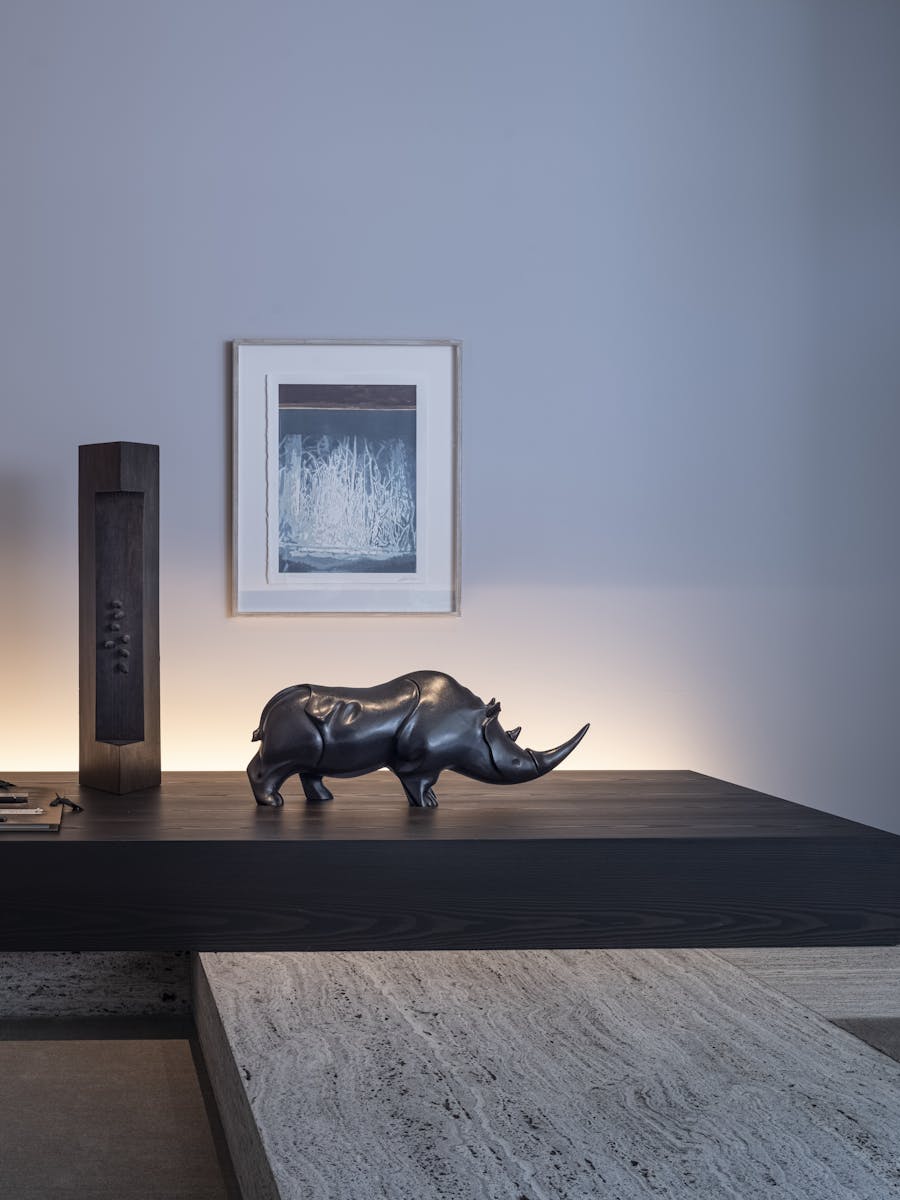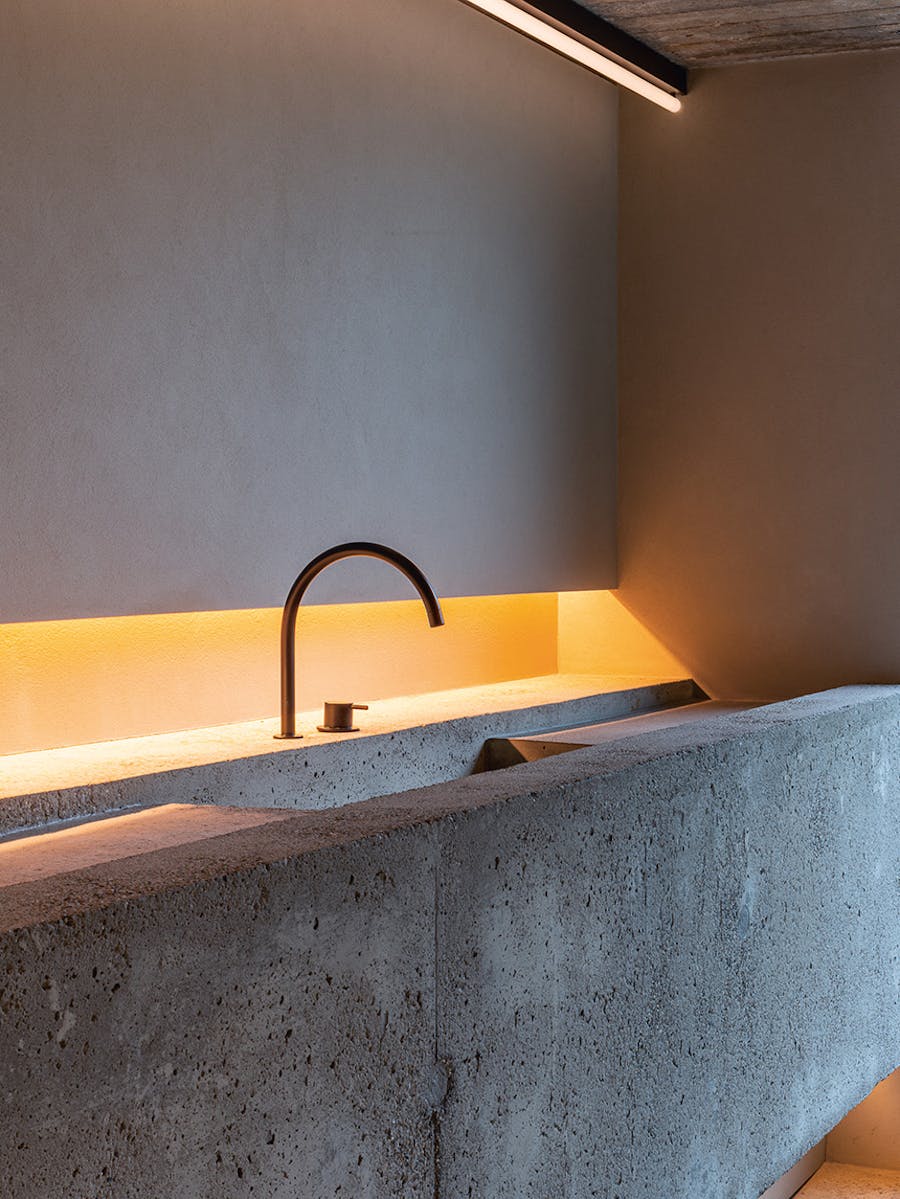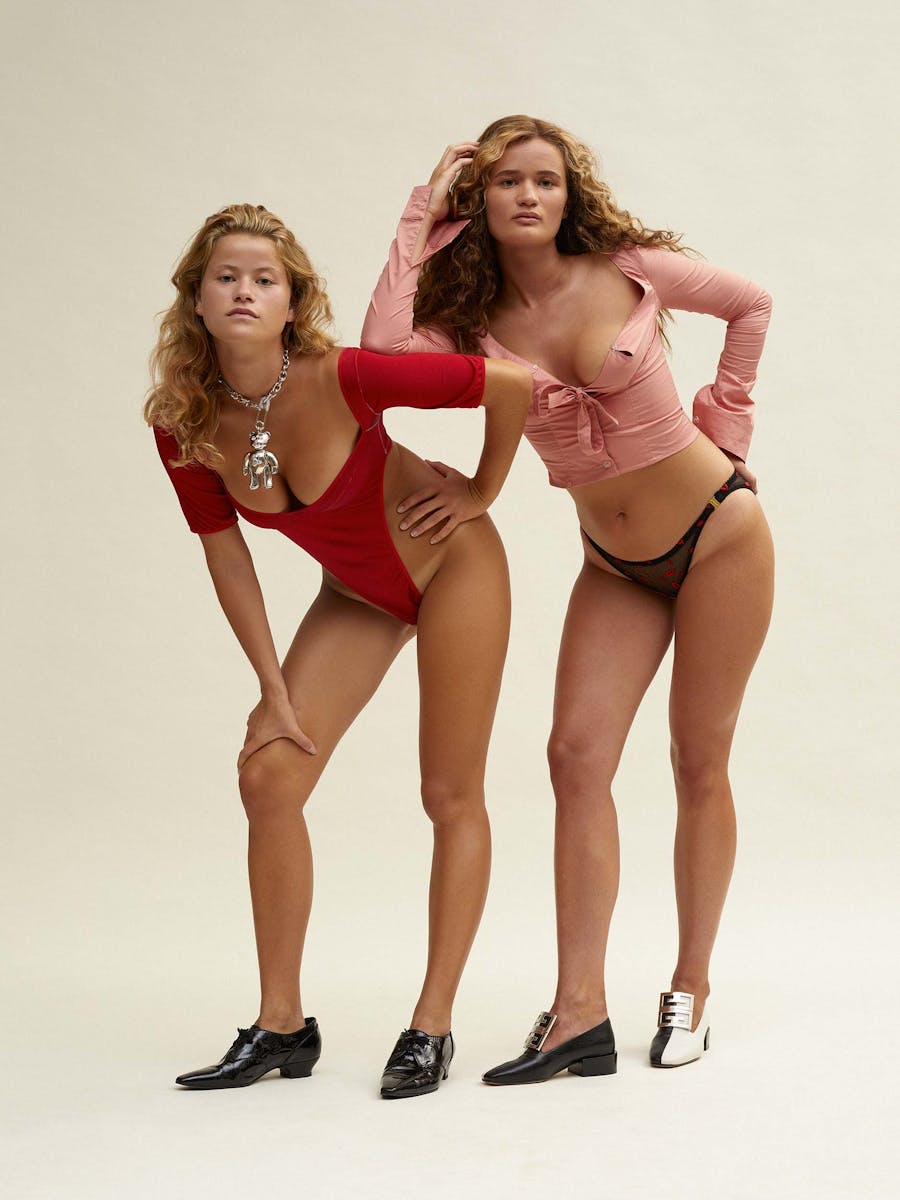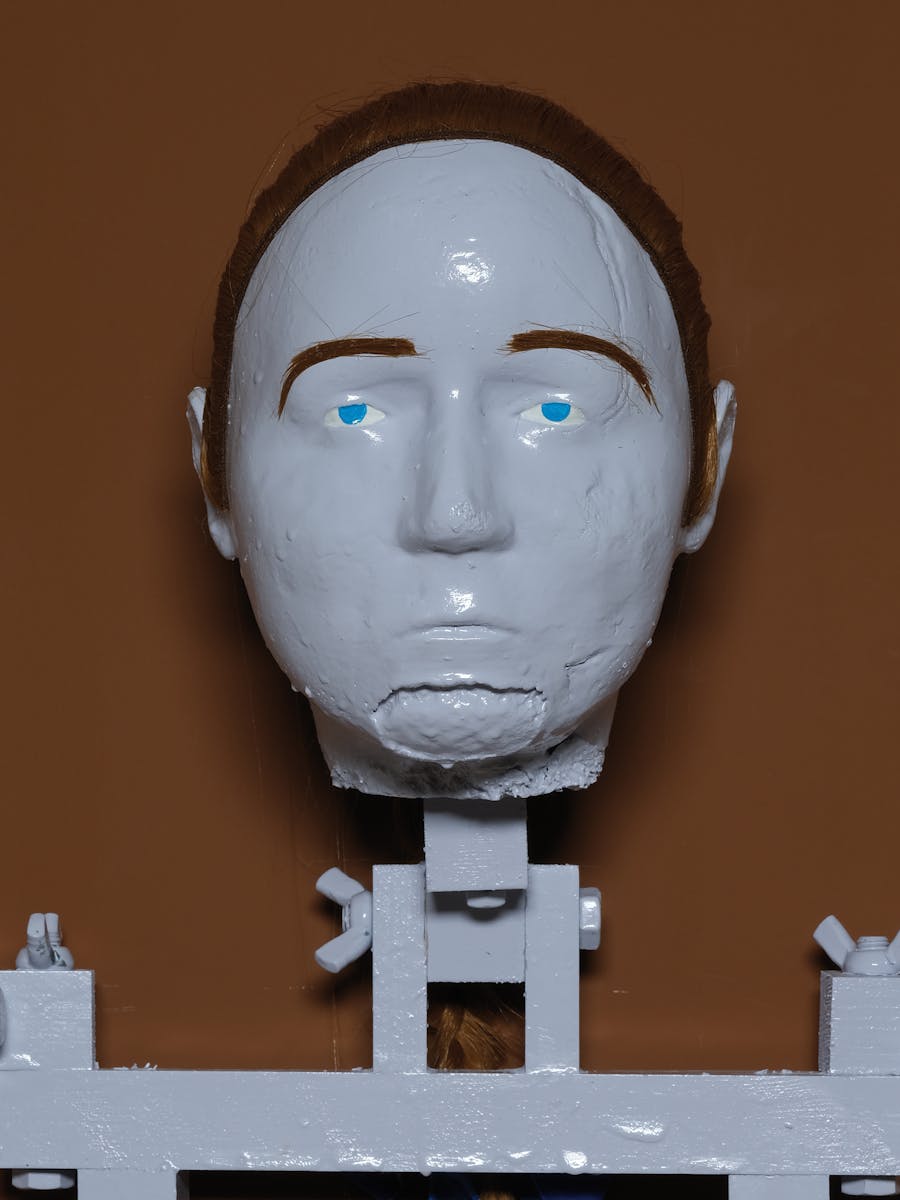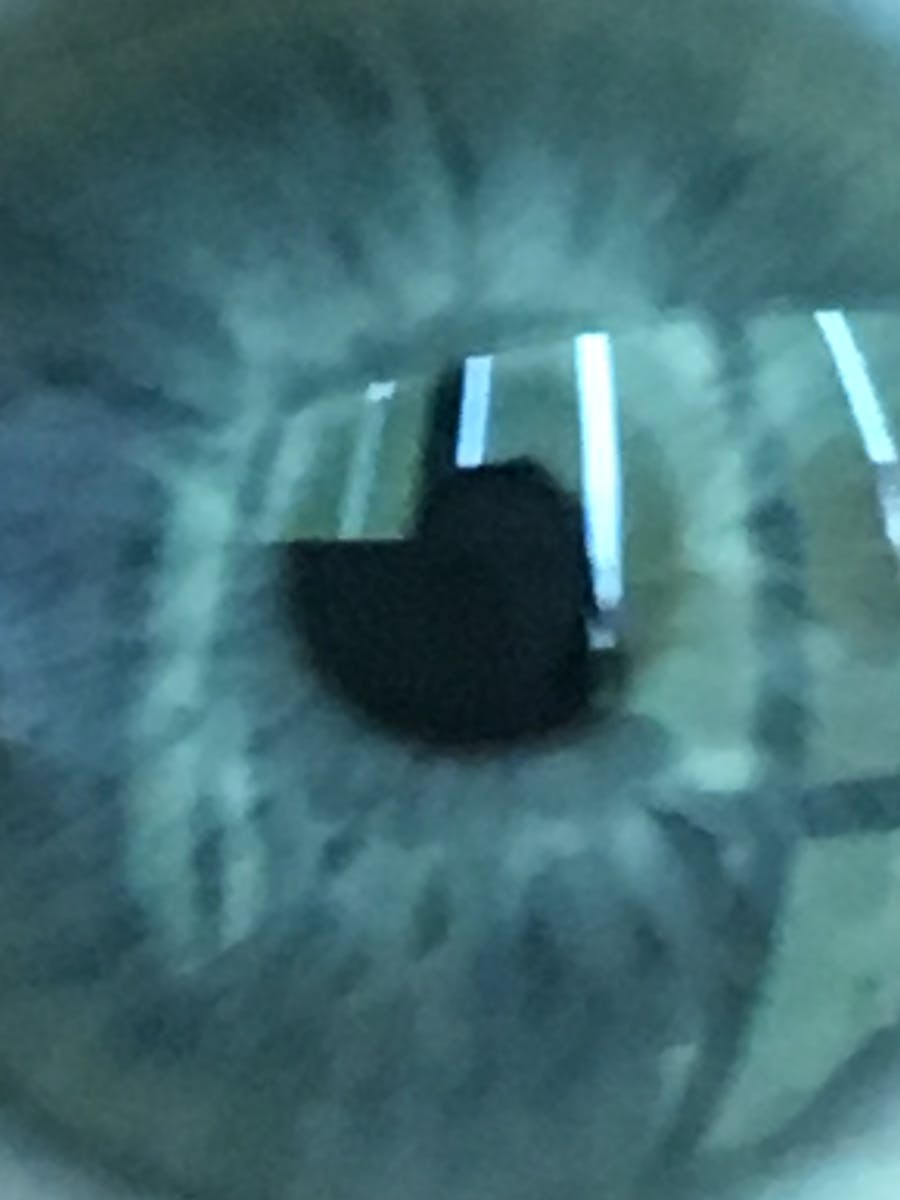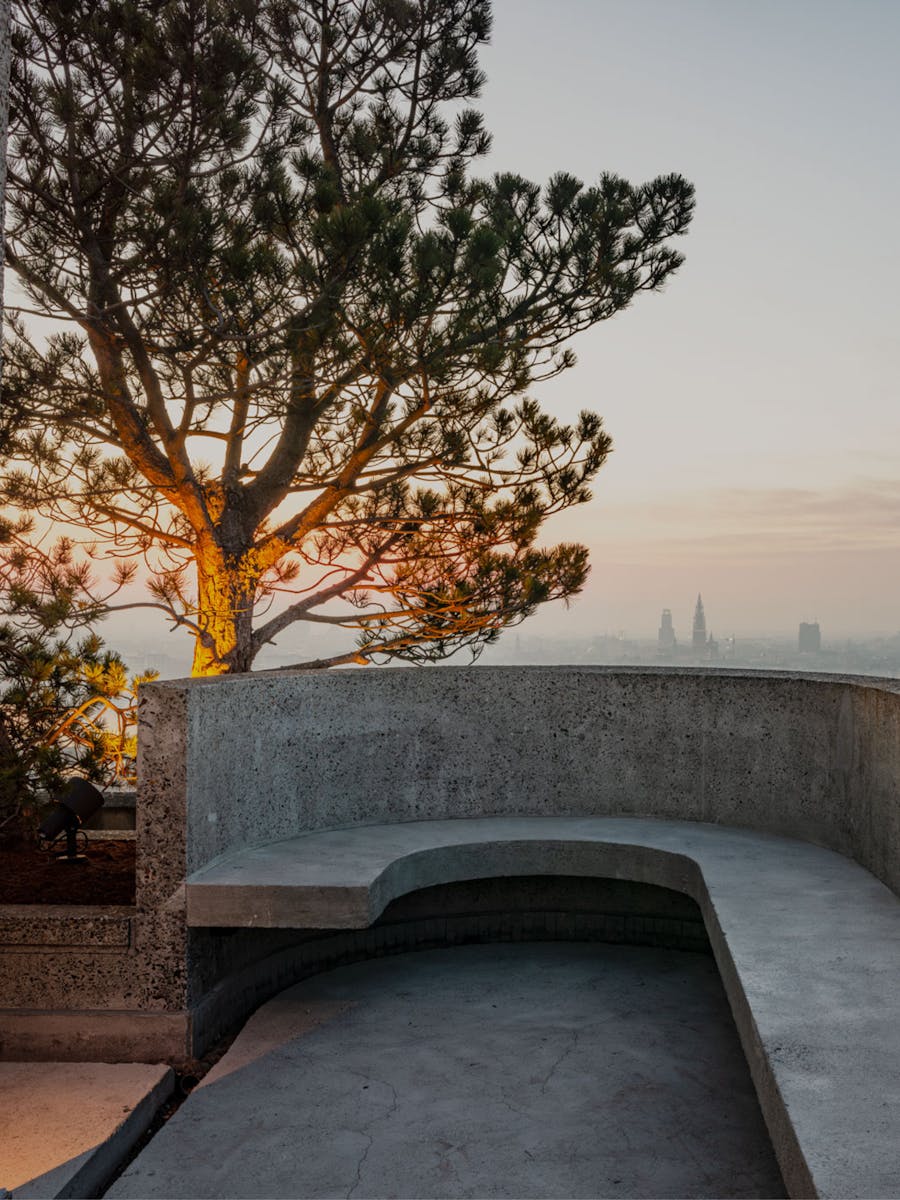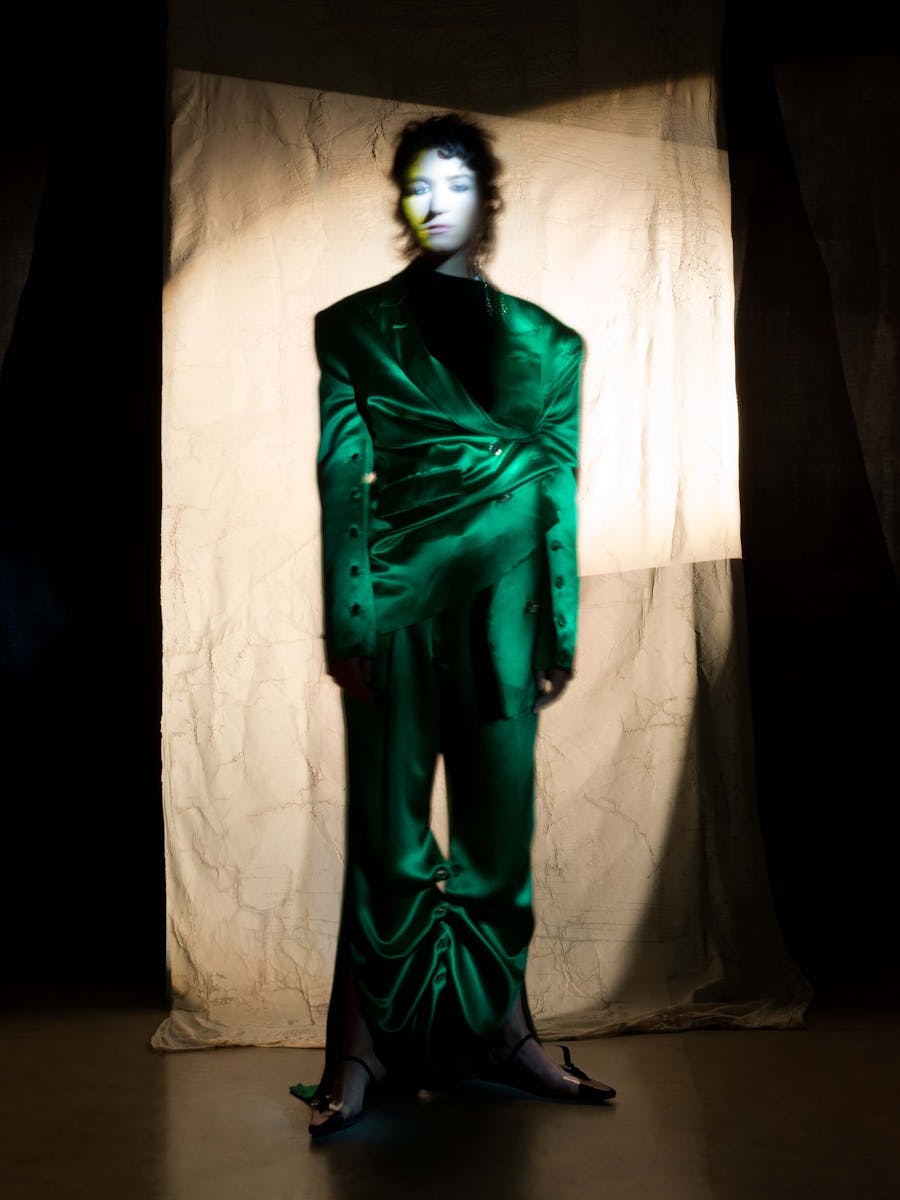From The Craft Issue
Key voices on the international creative scene, Etienne Russo and Glenn Sestig share a conversation that bridges industry insights and a friendship shaped over years.
Belgian architect Glenn Sestig invited Etienne Russo — founder of Villa Eugénie and the mastermind behind some of the world’s most iconic runway shows — to talk not only about the future of fashion, but also about its past. From Le Mirano, the legendary Brussels nightclub of the 1980s where they spent unforgettable nights, to the Antwerp Six, the iconic collective of Flemish designers, their memories celebrate a punk-spirited, electric Belgian capital. A moment of cultural and artistic revolution that continues to shape today’s creative landscape.
ETIENNE RUSSO Glenn, our first encounter was more than thirty years ago. That was during the Mirano days, in Brussels… Time passes, but we’re still just as young!
GLENN SESTIG The heart and mind haven’t aged. I remember the Mirano era vividly. You were stunning. You were on magazine covers, wearing sweaters by Walter Van Beirendonck.
E. R. I started out as a model, and at the same time I was working at this very famous club in Brussels. I produced some of their first parties, just before the mid1980s. It was a true laboratory. We threw some wild events. I remember a New Age night where everyone was dressed in white. This girl showed up with a pink piglet wearing a rhinestone collar.
G. S. Let’s keep some mystery around her identity… We were already moving in the same circles back then. When I was studying architecture at the Royal Academy of Fine Arts Antwerp, all the departments were still in the same building, so I quickly connected with the fashion students. Architects, designers, stylists — everyone mixed together.
E. R. It was a time when Belgian creativity was really bubbling, in music, cartoons, architecture… Then came the punk moment — a turning point when Belgium opened itself to the world. It made an impression everywhere — even in Japan. That’s when Rei Kawakubo arrived. Yohji Yamamoto, Kansai Yamamoto, Kenzo too, all emerged. It created this unique energy.
G. S. There was a great sense of freedom of expression, which I think has faded a little today. The 1980s were especially marked by the rise of the Antwerp Six: Ann Demeulemeester, Dries Van Noten, Marina Yee, Dirk Van Saene, Dirk Bikkembergs, and Walter Van Beirendonck.
E. R. They traveled together, showed together. I was lucky to be in the right place at the right time. I began working with Walter Van Beirendonck — doing photo shoots for him — and then with Dries [Van Noten]. That collaboration lasted thirty-eight years… and it’s still going.
G. S. I remember Dries’s final show in Paris, June 2024. The runway was covered in silver foil, and that massive disco ball at the end… It was stunning!
E. R. With Dries, we asked ourselves how to condense over thirty years of work into a single show. It was a deeply emotional moment. We’ve always worked like a real duo. Dries brings that typically Flemish precision, and I’m the Belgian Sicilian. The blend of our energies just clicked.
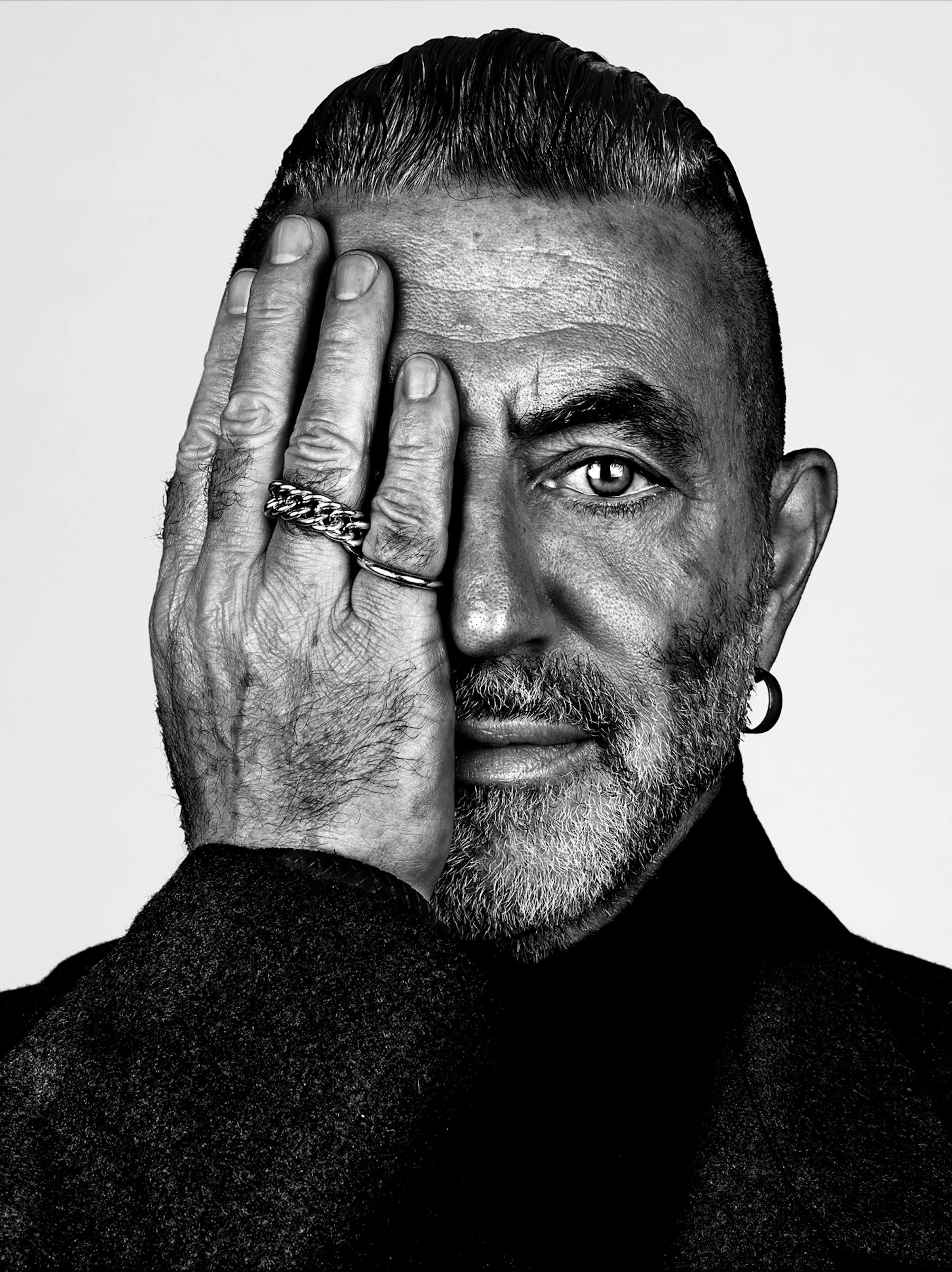
Photography by BROCK ELBANK
G. S. Do you remember the first show we did together? It was also the meeting of two energies. We had opened this show suspended 3.5 meters above the ground.
E. R. It was completely surreal. There’s probably that Belgian fire in both of us, that love of the unexpected, of structured nonsense. A kind of poetic absurdity.
G. S. In all our projects, there’s always been that element of spontaneity. Even though fashion moves at a completely different pace than architecture — much faster.
E. R. A fashion show is a moment of intense tension. You have to make last-minute decisions. It’s like taking Polaroids of the present. You’re capturing a moment in time — social, political. Fashion has long been a space for resistance, for free expression. I think that shows in my work. Even though today, a lot of that spontaneity has been swallowed up by the marketing machine, which has become enormous.
G. S. Speaking of risk-taking, do you remember when we designed that Paris apartment for Y3 during Fashion Week? It was such a forward-thinking concept. At the time, there was real fatigue with the classic show format. People were looking to experiment, to break away from conventions.
E. R. For a week, guests were given a key to visit the apartment. Each day, the setting changed. We hosted seven events, each with a different theme — including one with Hedi Slimane.
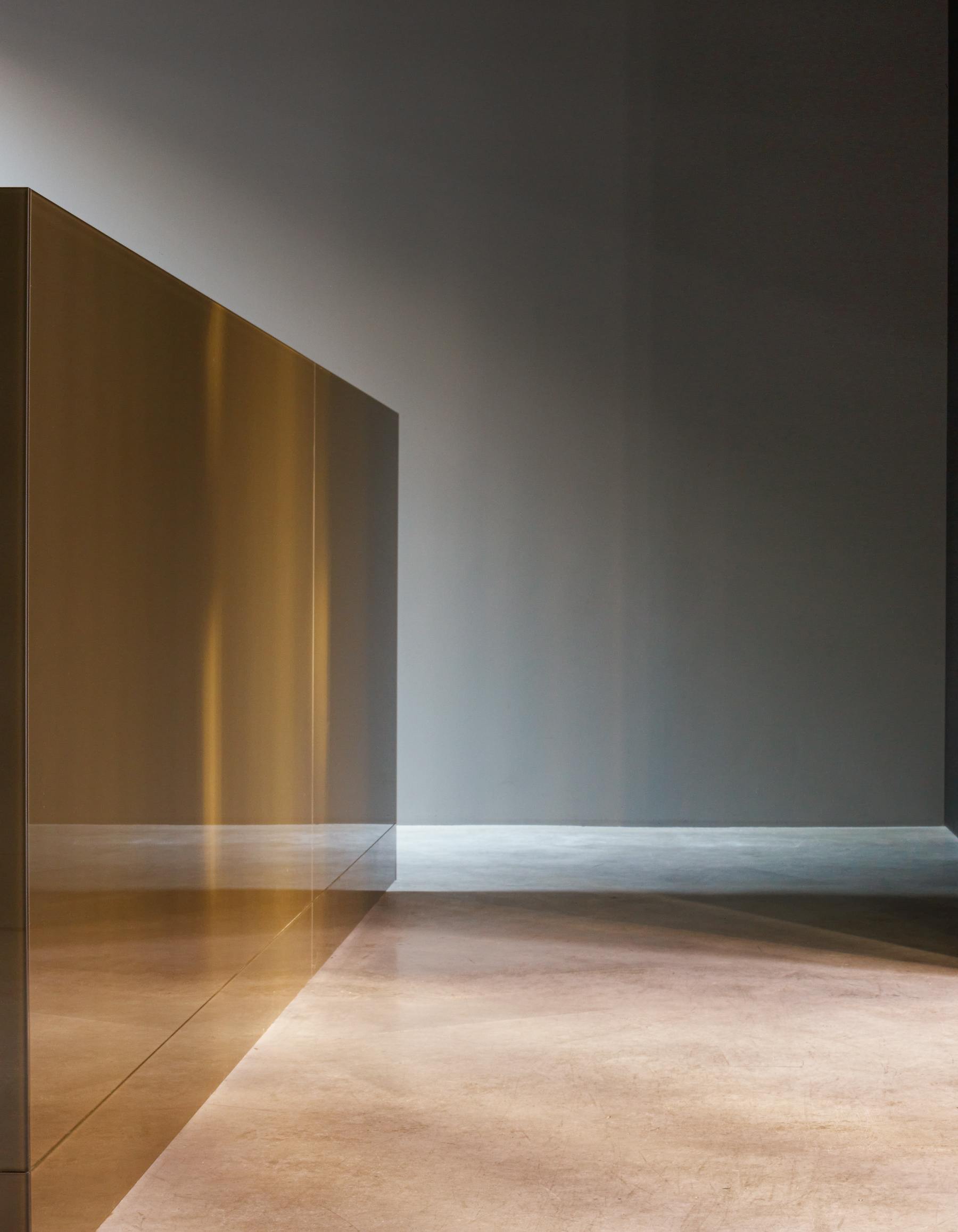
Villa Eugénie, Photography by JEAN-PIERRE GABRIEL
G. S. It’s the most singular project I’ve ever worked on. A manifesto in the form of an apartment.
E. R. Absolutely. It hasn’t aged a bit. But the reality is, everything is moving faster and faster. Everything’s become instant. Yesterday, the day before, today — it’s all happening now. That raises a real question about the industry’s evolution. But I still believe the fashion show remains essential. Humans are social creatures. Look at the front rows today — people come to be seen, to project an image. For the brands and creatives, it’s the high point. You work six months for those ten minutes. You want it to come alive — in real life. On a runway. Otherwise, what’s the point?
G. S. After Covid, there was a wave of euphoria in fashion. Now it feels like we’ve returned to something more measured.
E. R. Yes, and at the same time, just look at what’s happening in the world. Wars, political uncertainty — especially in the United States. It’s tough for any house to navigate this kind of climate. The word that best sums up this era is adaptability. Glenn, you’re lucky to work in a field with longer horizons. You’re looking for something that lasts. But today, there’s a new generation of designers coming up. Just like it was for us back in the day, they’re arriving with new tools, new ways to communicate, new ways to make meaning. They’re also reconnecting with craft — I’m thinking especially of Marie Adam-Leenaerdt. One day, the spotlight will turn to them. Because they have something to say.
G. S. And so do we. So, when’s our next collaboration?
E. R. Yes, we need to make that happen! The energy and the drive are still there. Exhibition, you’ll be the first to know

